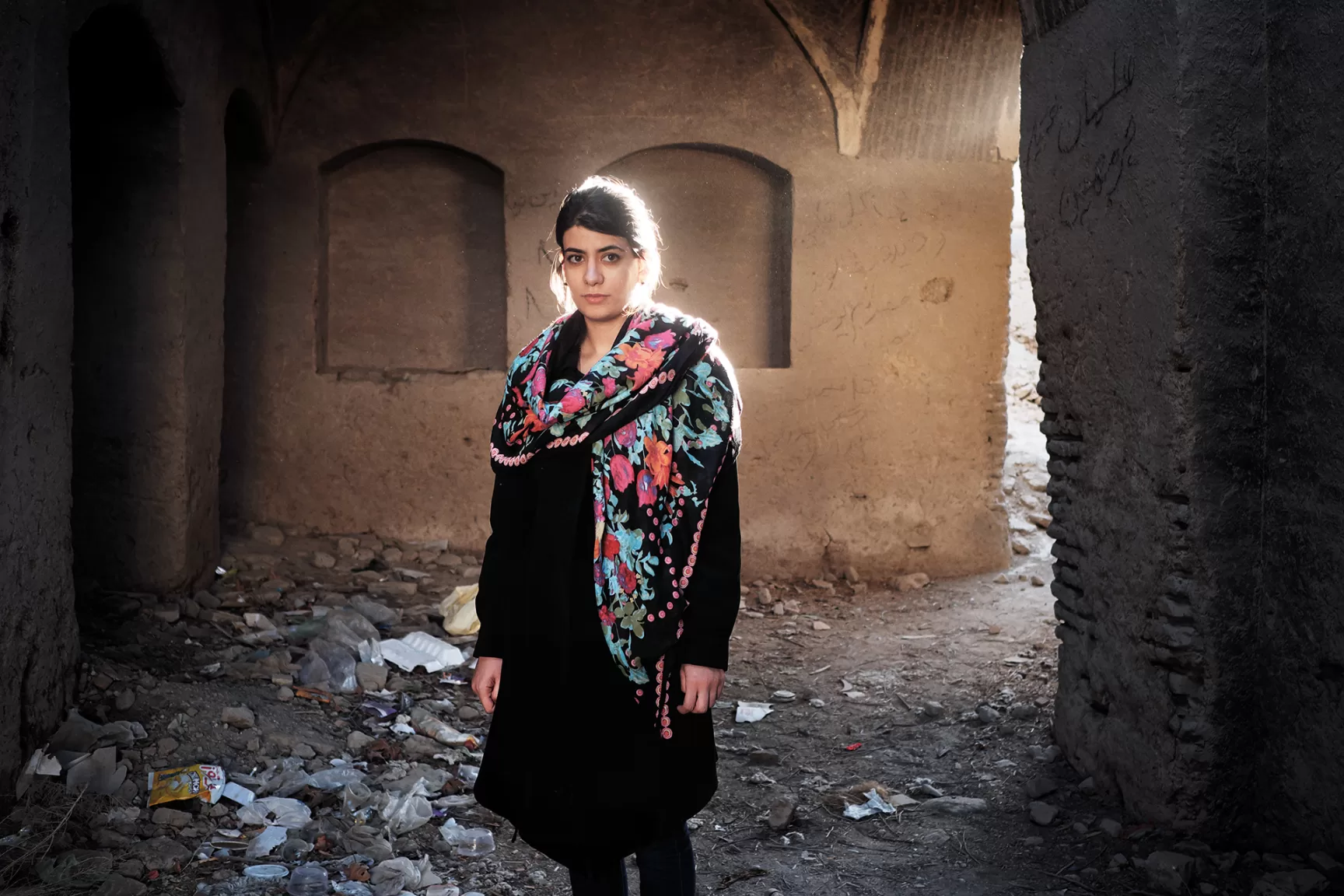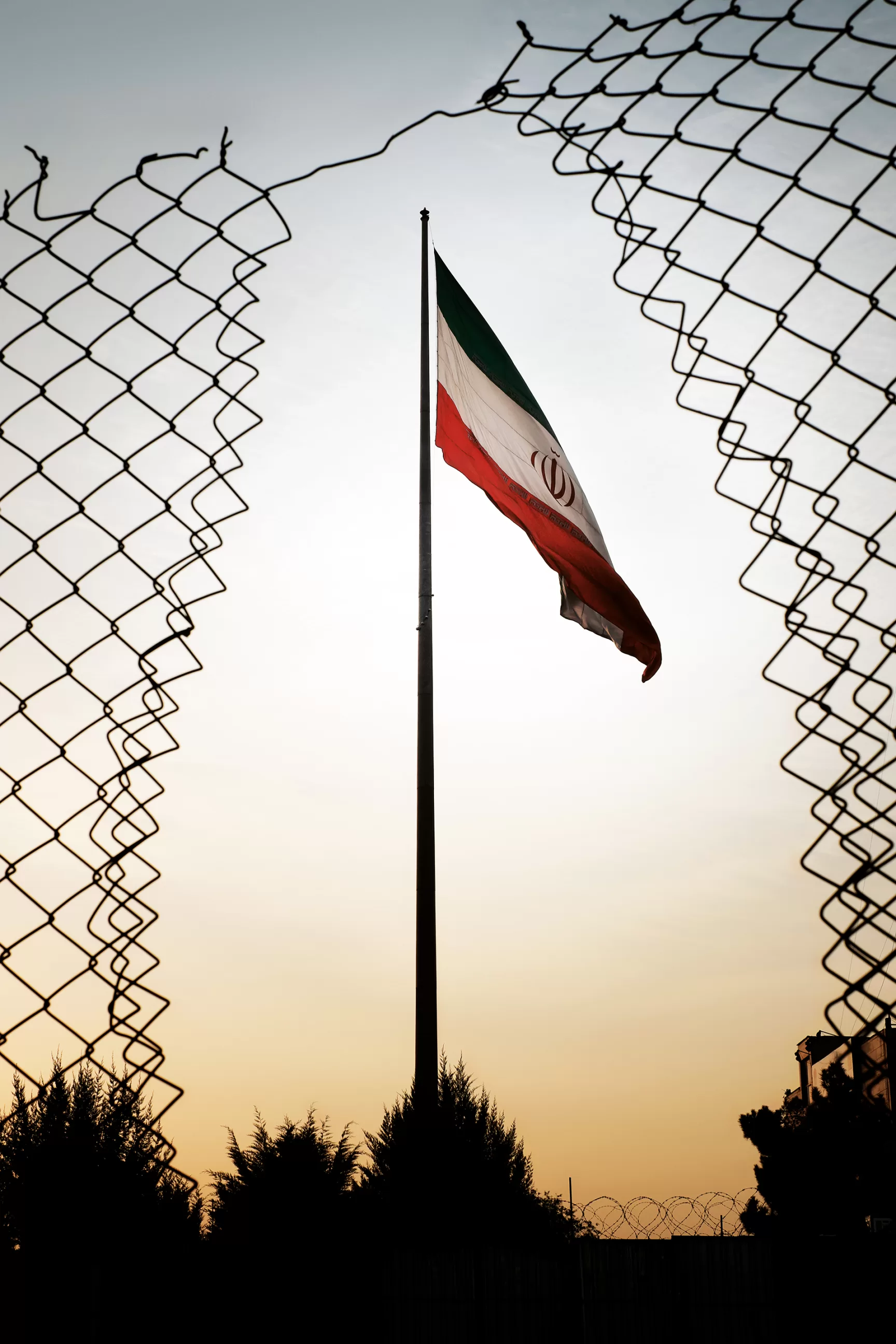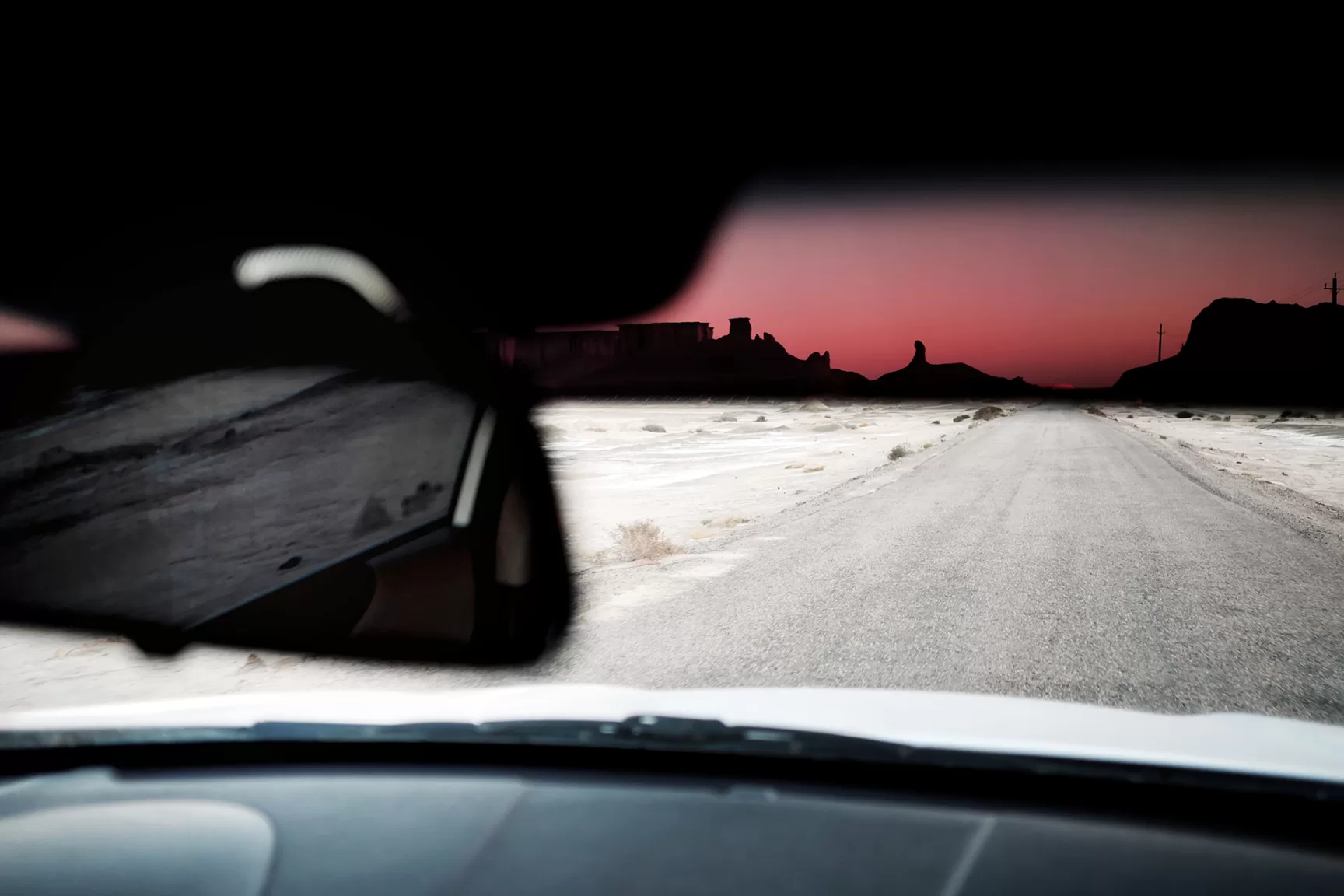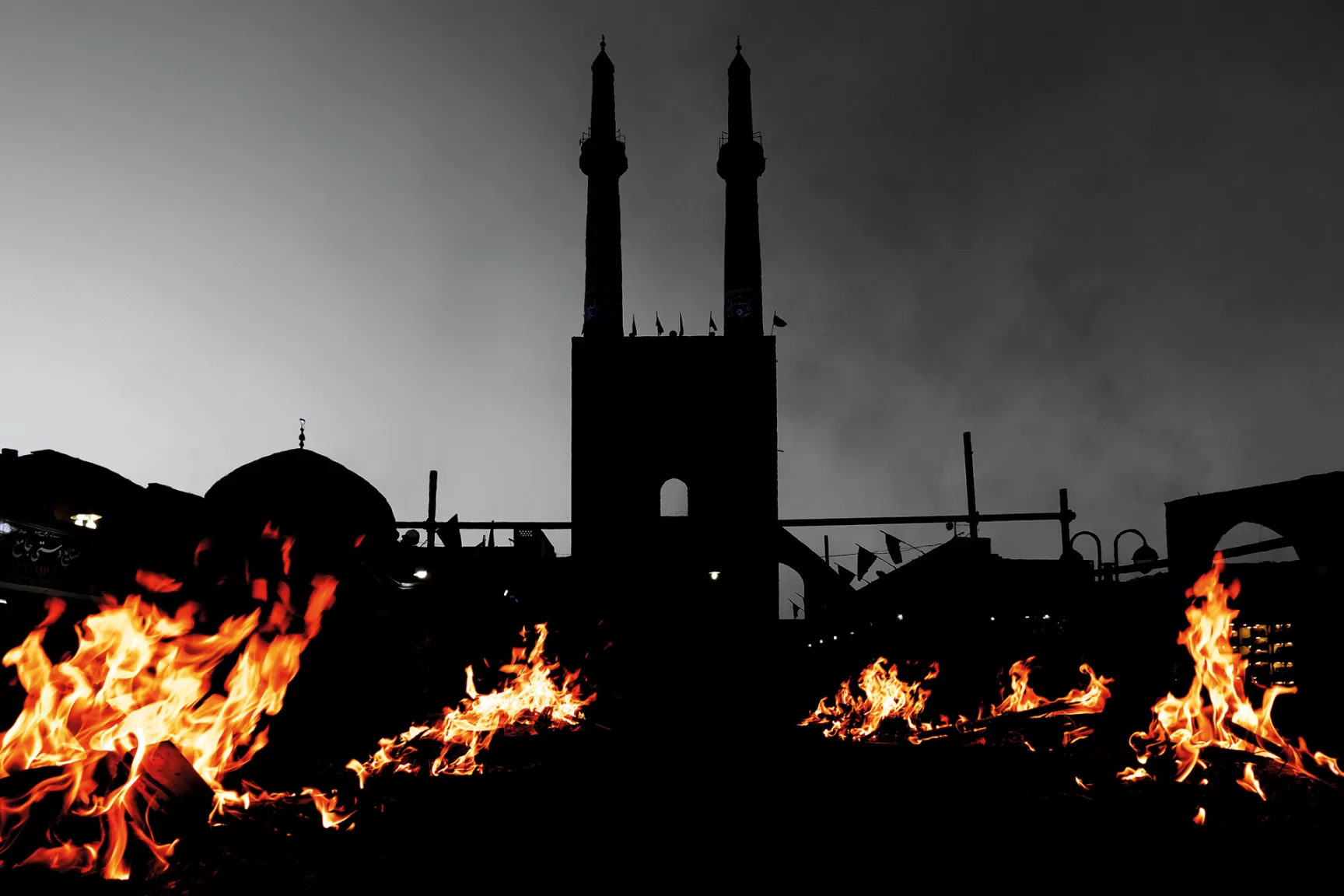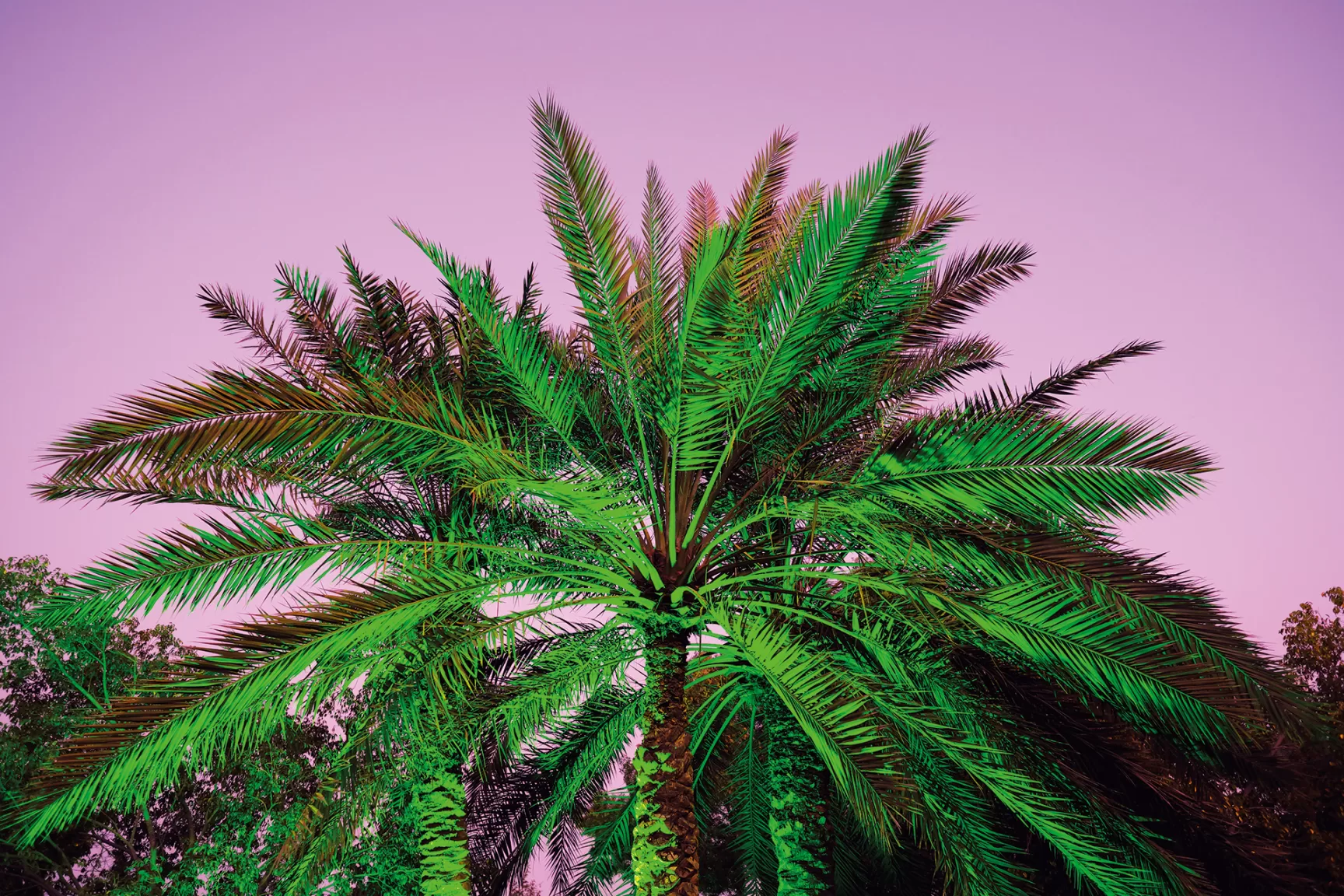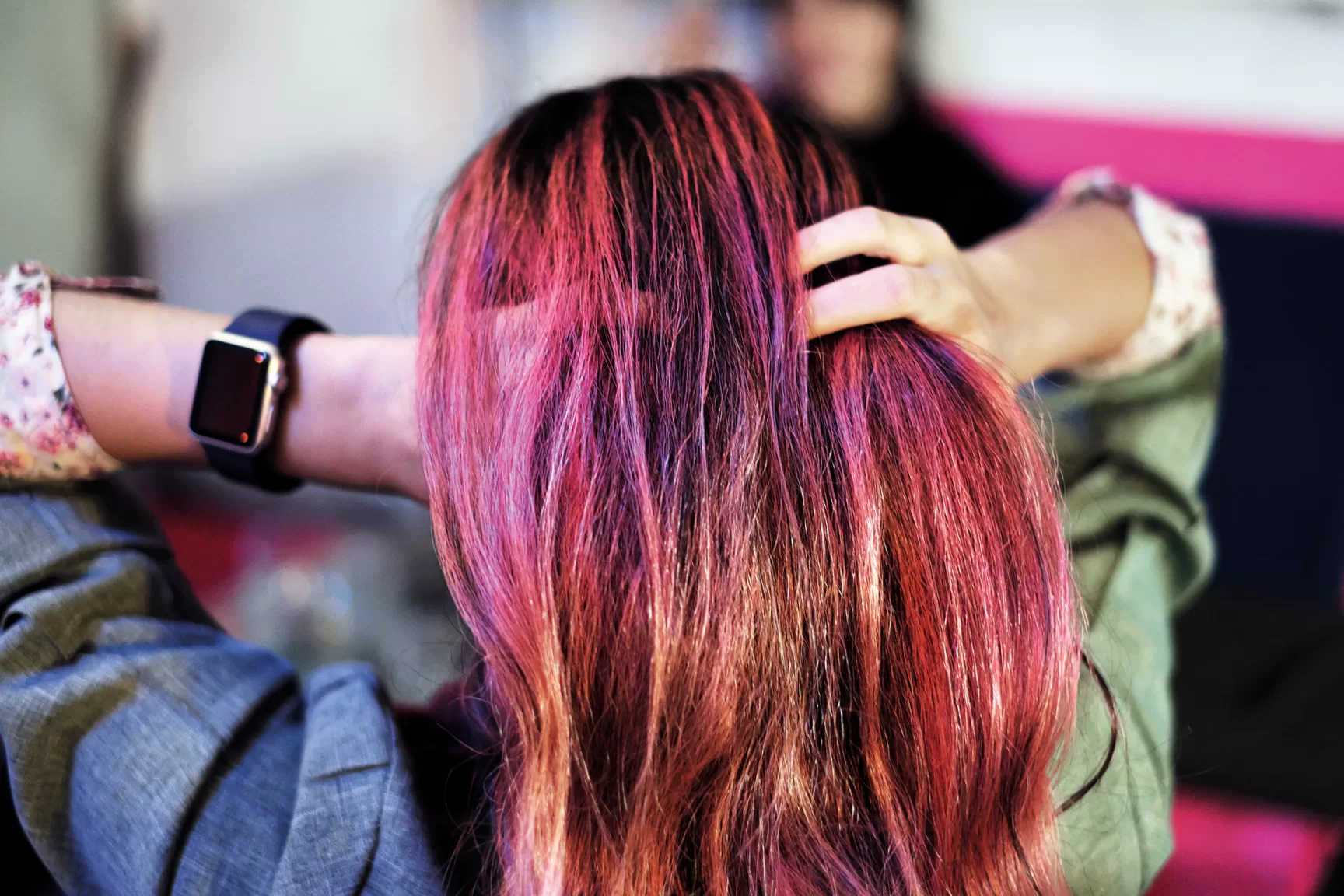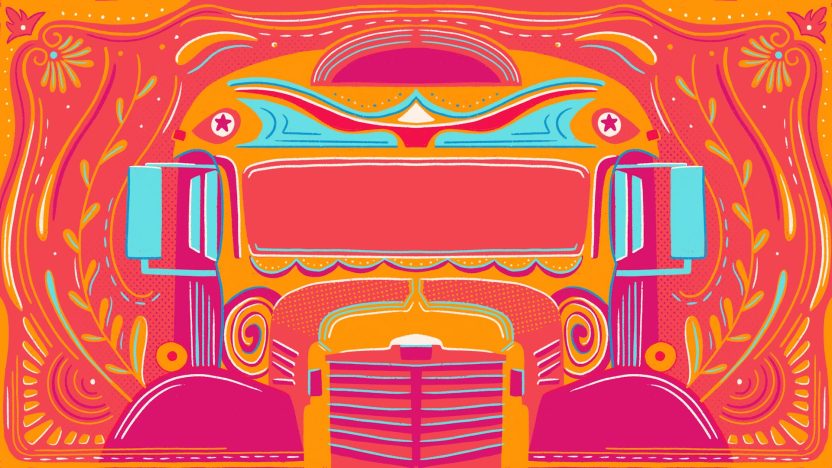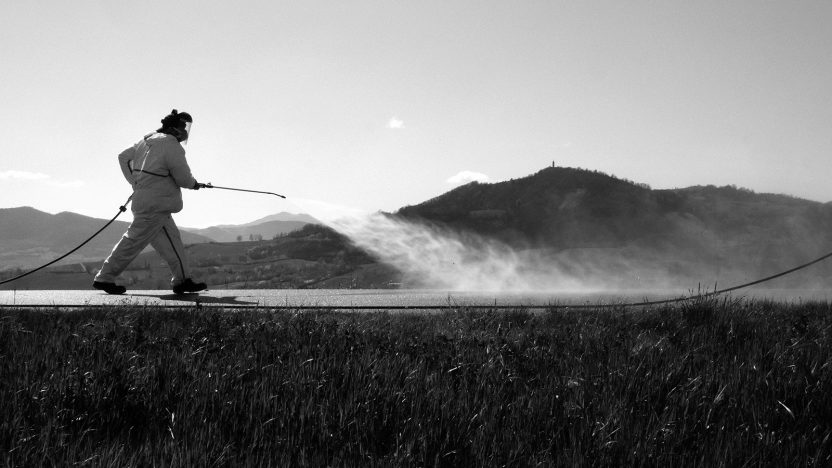
Woman, life, freedom
Black hijabs burn up as hope fills the streets of Iran in a powerful manifestation of desire: the Iranian revolution
In conversation with Bahar Sabzevari by Francesca Alloatti
Photos by Sébastien Cuvelier
Since Mahsa Amini’s death in September 2022, Iran’s streets have been swept by mass protests demanding freedom, the right to live a fair life, and equality for women. This revolution has been marked by powerful symbols such as the burning of black hijabs and women cutting their hair in protest. Bahar Sabzevari is an Iranian-born visual artist now based in New York.
Her work explores the boundaries of human identity: self-identity, freedom, restriction, and a sense of place and belonging. In her latest paintings, she incorporates symbols of the revolution into her art.
Soheil Sharafzadeh: The Iranian revolution is the most authentic embodiment of desire: the desire for freedom, life, and the emancipation of women. How does your art and personal life experience reflect what is happening in your homeland?
Bahar Sabzevari: When I first started painting, I used self-portraits as a way to share my personal stories and express my feelings and dreams. And as an immigrant, I found that the process of making self-portraits helped me confront emotional subjects like personal anxiety, nostalgia, and identity. Drawing myself became a visual diary of my experiences. I hope that through my paintings, I may be able to not only express my own experiences but also address broader social and political issues like women’s rights in Iran or environmental issues.
In that sense, freedom, or even better the desire for freedom, is a universal human need. In Iran, women have long been subject to strict restrictions and limitations imposed by the government and society, including dress codes such as the compulsory hijab and limited work and public life opportunities. In my most recent drawings, I try to express that Iranian women have shown remarkable resilience and determination in fighting for their rights and freedoms despite all these obstacles. They have a long history of activism and advocacy for their rights. This time, however, the struggle for freedom and emancipation in Iran is important not only for women but for everyone who believes in the universal value of human rights and dignity. For the first time since 1979, Iranians inside and outside Iran are united behind a single goal.
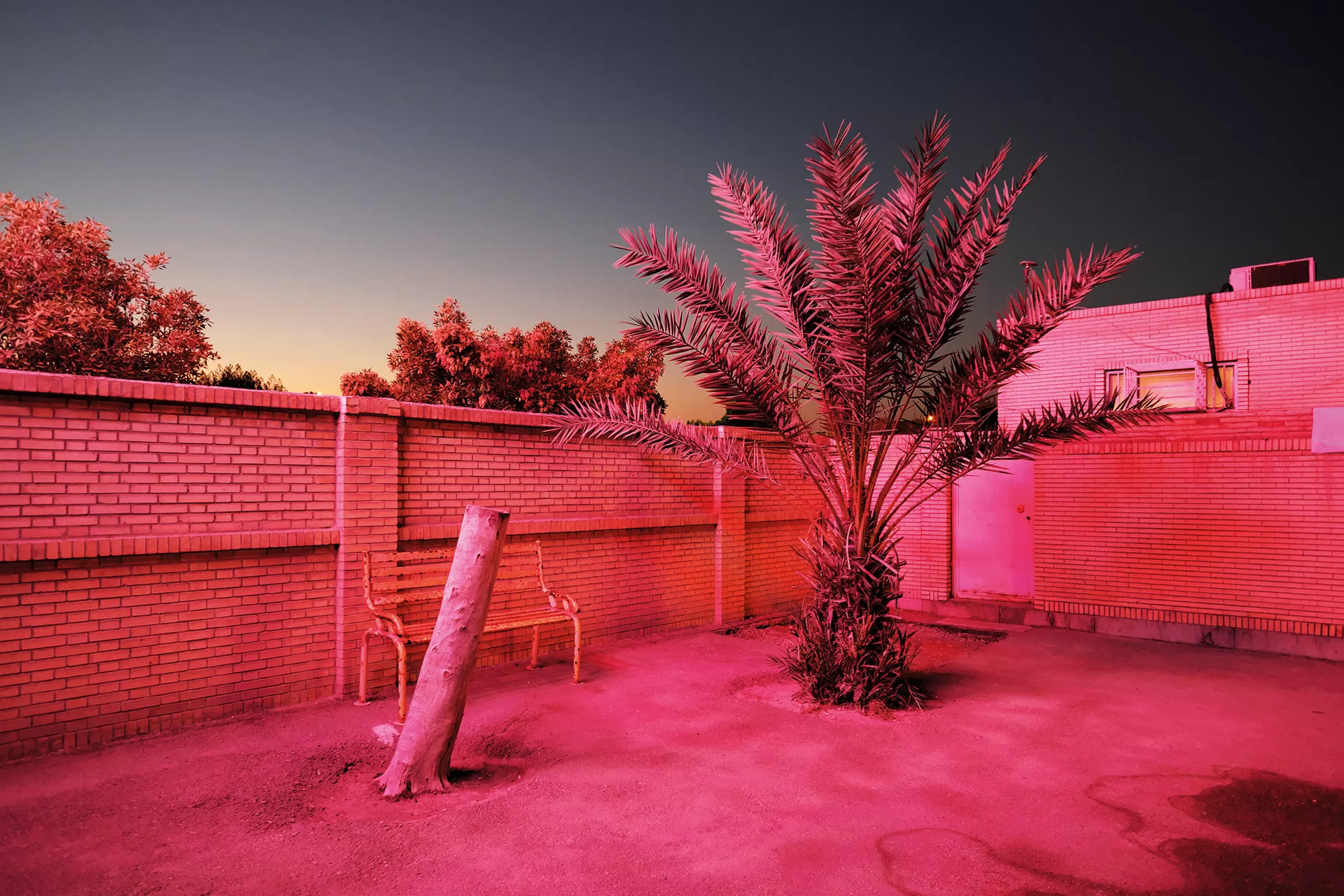
Paradise City is a personal search through contemporary and ancient landscapes of Iran to locate an elusive, dreamlike version of paradise. The sheer concept of paradise is inherently Iranian. The word paradise comes from the old Persian paridaida, meaning “walled garden.” It is therefore only natural that this word resonates in all corners of a country where history is full of nostalgia, people are deeply romantic, and flowers are everywhere. The country’s young and connected population has had to constantly adjust its way of living since the 1979 revolution, in order to circumvent the limitations imposed by the Government. They seek paradise but are unsure where to look. Paradise City shows glimpses of contemporary Iran through the eyes of the people he met — at times romanticized, nostalgic, or even utopian.
In 2010, you presented a series of works entitled Bad Girls that portrayed women’s lives under restrictions. Now, more than a decade later, the death of Mahsa Jina Amini in the custody of the morality police has sparked a movement for freedom with women at the forefront. What do you think about how the desire for change has evolved over the generations?
I remember in 2000, there was another movement against the government and oppressive laws, but it was limited to university students. The difference with today is that it’s not restricted to universities and not just about women. It’s about the notion of freedom in general. This revolution started because of Mahsa Amini’s death at the hands of the morality police, and the younger generations just couldn’t keep quiet about it. Their demands are not limited to the compulsory hijab, by the way. They want everything. It’s a huge shift in perspective because this desire for freedom is global and pervasive among Iranians, and also because younger generations are directly and straightforwardly demanding their rights. While we viewed change as a step-by-step process, they are going straight for the goal.
When I painted Bad Girls, I was younger, in my 20s, I could feel the shadow and the pressure of religion in my everyday life. At the time, we tried to transform it into something fun and lighter, like wearing colorful scarves instead of dark hijabs. But that kind of protest just wasn’t enough. This new generation is brave, more direct, and honest, and thanks to them we have hope for fundamental change in Iran.
We often see cheetahs in your paintings. You’ve linked the symbol of the cheetah to what happened to the girls who were poisoned in schools in Iran. How do you feel about that, knowing that you were once a schoolgirl in Iran too, and how does your art portray it?
I started to use the Asiatic cheetah as a symbol in my paintings five years ago. At the time, I incorporated it as a self-portrait, and it was meant as a way to discuss environmental issues. As you may know, the Asiatic cheetah is an endangered species that lives only in Iran; fewer than 30 of them are left. I wanted to highlight how the destruction of the environment and the exploitation of natural resources in Iran not only impacts animals like the Asiatic cheetah, but also has broader negative impacts on people’s lives and nature. Cheetahs also symbolize speed, race, and strength; I wanted to embody those qualities in my works to inspire hope and resilience. Concerning the schoolgirls in Iran, their resilience is very much part of this symbol. The girls and the cheetahs are both trying to stay strong and stay alive, to survive the difficulties they face in Iran. The girls bravely protest in the streets even while under chemical attack. They are both fighting for their lives, and fighting not to become extinct.
What is Iran’s situation regarding environmental justice and the fight against climate change?
The topic is interconnected with other social and political issues in Iran. Sports, environmental concerns, dancing — everything is political. Let me just give an example: since the Islamic Revolution in 1979, women in Iran haven’t been allowed to attend soccer matches in stadiums. This has significantly impacted their access to public spaces and their ability to fully participate in society. Through my artwork, I aim to shed light on this issue and advocate for women’s rights to attend sporting events as a way to participate in public life. I use cheetahs to express this because they’re Iran’s national animal. In fact, the Iranian national soccer team is nicknamed “The Cheetahs.” Some environmental activists tried to save the animals but were imprisoned, much like those who tried to liberate the country. The connection between Iranian soccer and the endangered Asiatic cheetahs shows the importance of environmental conservation and protection of endangered species, but it also relates to the prohibition of Iranian women from attending soccer matches; both issues ultimately point to the need for social and environmental change. In a way, everything is connected.
What’s it like to be an Iranian living abroad right now, knowing the changes your country is going through?
I think everything has changed in my daily life. It’s hard to be far from my country, far from my family members in Iran, and from the people from my hometown. I think about them more than ever, but at the same time, this revolution is heartwarming for all of us who live outside of Iran. Sometimes I want to go back and live there, so the revolution gives me hope for my future life, but at the same time, I know that it won’t happen overnight; it takes time. It’s hard to deal with all these contradictions: on the one hand, we feel like we are finally there and will win, but on the other hand, we know we still have a long way to go. These emotional ups and downs are hard for everyone, especially those living outside Iran because we can only observe everything through social media. When you’re there, you can feel everything and do anything. From abroad, you can’t do much. As an artist, I do my best to express my feelings and spread awareness about what’s happening in Iran, but that’s all that can be done from the outside.
You live in the United States, where many women have been fighting for “My body, my choice” in recent years. How do you see the oppression of women in Iran in relation to the experiences of women in other countries, such as the US?
In Iran, women’s rights are extremely limited. We lack basic human rights, especially since the revolution. It’s hard to compare with Western countries where there is democracy. Nonetheless, every single woman, everywhere, is fighting for equality in one way or another. Even in the United States, the recent overturning of the federal abortion law shocked me. I think the similarity between Iran and the United States in this sense is the use of religion as a cover. In the US, it was the extreme Christian right; in Iran, it’s the Islamic government.
What do you think about the way Western countries have reacted to the events in Iran?
I think social media has had a very positive impact in echoing the messages the younger generations have been trying to send outside the country through this revolution. Those of us living outside Iran have been helpful by simply echoing their message to the outside world. We need to be heard as Iranians because the government will always try to misinform about what’s happening inside Iran. For example, they might say that the compulsory hijab is a cultural thing, but it’s not. It’s imposed on women by the government. I think Western countries, with their social media, have positively impacted getting our message out to everyone. Of course, we can’t ask them to liberate our country because that’s our job. We definitely don’t want to have the same fate as Afghanistan or Iraq, with a war fought by Western countries on their soil, but we do need the help of the US and Europe, of course, to recognize and see our revolution as a huge movement, and as a huge shift in our history. We need them but don’t expect them to do everything for us.
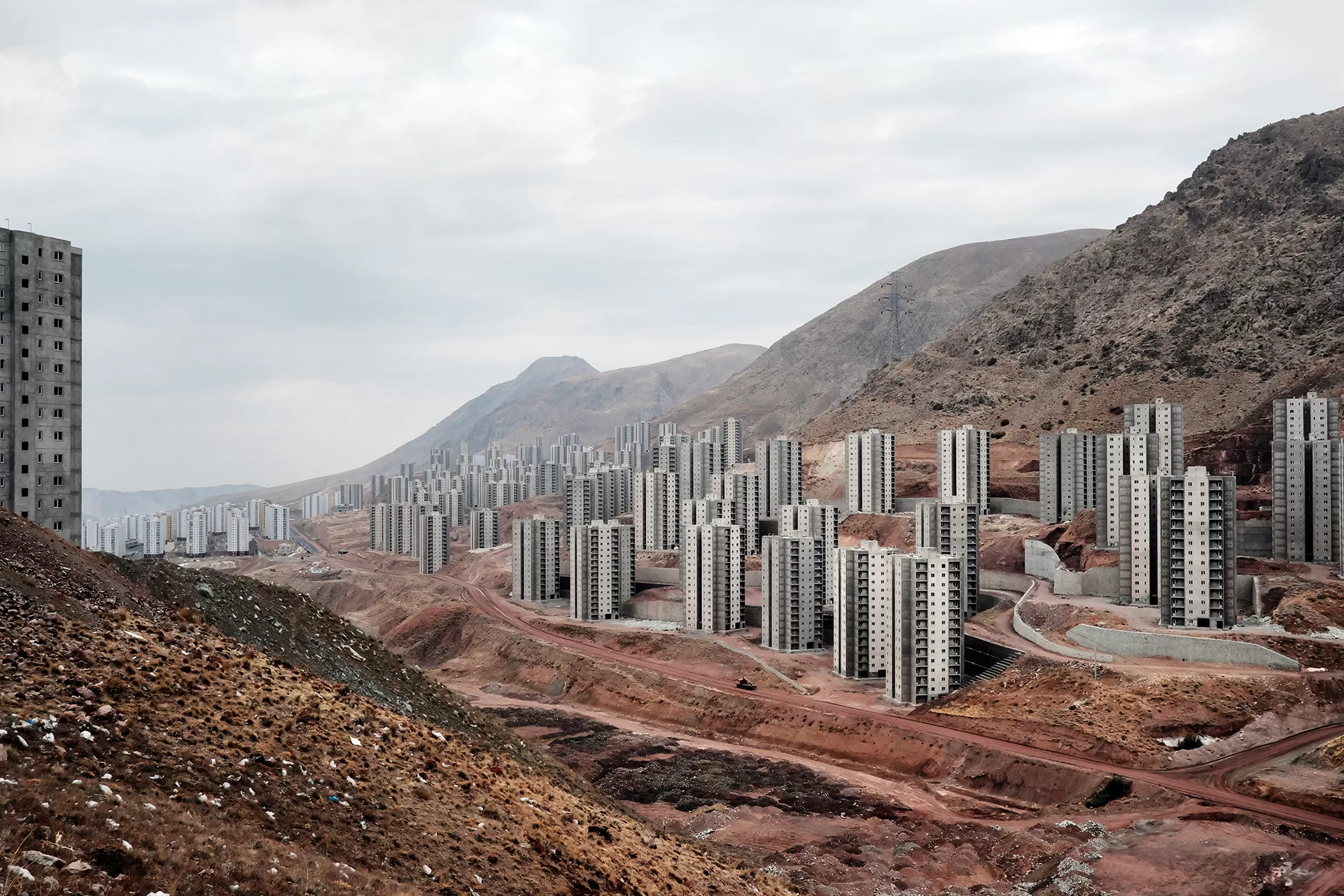
Photos by Sébastien Cuvelier
What are your artistic projects for the future, and how do you envision them to be connected with the Iranian revolution?
For the past six months, I have embodied different aspects of the revolution in my cheetah series. For example, there was a cheetah cub called Pirouz, which means victorious in Persian, and I was trying to incorporate the cub as a symbol of hope and victory for girls and students. Unfortunately, the cub recently died in captivity, but it became a symbol of hope to save the cheetah population, which was associated with the revolution. In a way, the cheetah cub symbolized the revolution itself. I will continue to express myself about different aspects of this revolution using the cheetah symbol and other animals, as I feel a deep connection with them.
What is your desire for the future of Iran?
I always imagine a free Iran with its doors open to everyone. Our doors have been closed to other countries for 43 years. I envision a place where everyone can go freely and experience Iranian culture. Iranians are very hospitable but haven’t had a chance to connect with the outside world. Now, thanks to social media and the internet, the new generation could find a way to connect with other cultures. That’s why they are up-to-date, know their rights, and know what they want because they have a connection with the rest of the world. I’m very hopeful about the possibility of a free Iran, and I think it’s happening now through the revolution. It’s a huge step in history.
